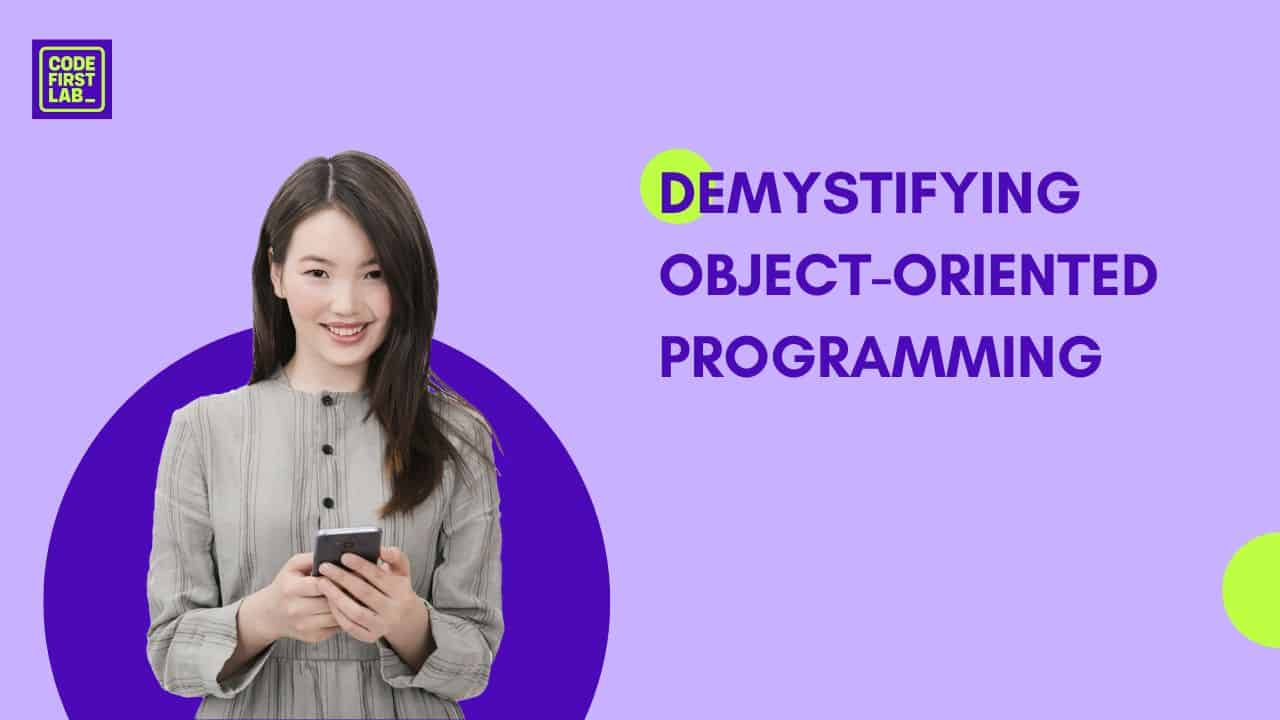Object-Oriented Programming: Understanding its Purpose and Applications
Object-oriented programming has gained immense popularity and widespread adoption as a software development approach. It offers developers a strong foundation to build flexible and expandable applications.
In this article, titled “Demystifying Object-Oriented Programming,” we will thoroughly examine object-oriented programming, discussing its fundamental principles, practical applications, and the numerous benefits it offers.
Additionally, we will delve into a real-world case from the transportation industry to illustrate how object-oriented programming effectively tackles intricate issues and encourages innovation. By the conclusion of this article, you will have a comprehensive grasp of object-oriented programming and invaluable knowledge to successfully implement it in your software projects.
What is object-oriented programming?
Object-oriented programming (OOP) is a programming approach that organizes software design based on objects, which have specific attributes and behaviors. OOP encourages the reuse of code, modular design, and the encapsulation of data and methods within objects.
By incorporating concepts like inheritance and polymorphism, OOP enables the development of software systems that are scalable and easy to maintain.
Understanding Object-Oriented Programming
Object-oriented programming (OOP) revolves around concepts such as classes, objects, and inheritance. Classes serve as blueprints for creating objects, which are instances of those classes. Inheritance enables classes to inherit properties and methods from other classes, promoting code reuse and establishing hierarchical relationships.
Encapsulation is a crucial concept in OOP. It encapsulates data and methods within objects, ensuring data integrity and organizing code. By hiding an object’s internal workings and providing controlled access through methods, encapsulation safeguards data consistency and protects it from unauthorized modifications.
Polymorphism is another fundamental concept in OOP that allows objects of different classes to be treated as interchangeable entities. It enables the writing of code that can work with objects of various types, leading to flexible and reusable code. Polymorphism simplifies complex system implementation by offering a unified interface for diverse objects, enhancing code extensibility and adaptability.
Languages Utilized in Object-Oriented Programming
There are several programming languages that support object-oriented programming. Among the most popular ones are:
- Python: A high-level language that is dynamic, easy to learn, and widely used in various domains, including web development, data analysis, and artificial intelligence.
- Java: A high-level, cross-platform language with a large user base known for its versatility and robustness.
- C#: A language developed by Microsoft specifically for the .NET platform, known for its strong integration with Windows and extensive framework support.
- Ruby: An interpreted language known for its simplicity and readability, with an active and supportive community that fosters rapid development.
- C++: A low-level programming language that emphasizes efficiency and speed, often used in performance-critical applications and system-level programming.
- Swift: A programming language developed by Apple, primarily used for building applications on iOS and macOS, known for its safety, speed, and modern syntax.
Developers can take advantage of a wide range of tools and features specifically designed for object-oriented programming (OOP) by using these languages. Java’s platform independence, C++’s performance, and Python’s flexibility all contribute to their extensive adoption for creating advanced and scalable software systems.
Benefits and Applications of Object-Oriented Programming
Benefits of OOP:
- Code Reusability: Object-oriented programming promotes code reusability through concepts like inheritance and polymorphism. This reduces redundancy, improves efficiency, and saves development time.
- Maintainability: OOP encourages modular code organization, making it easier to maintain and update software systems. Changes can be localized to specific classes or objects without affecting the entire codebase.
- Encapsulation and Data Security: OOP encapsulates data and methods, enhancing data security by preventing direct access and ensuring controlled manipulation of data.
- Flexibility and Scalability: OOP provides flexibility through polymorphism, allowing code to work with different types of objects. It also enables scalability, as new classes and objects can be added without disrupting existing code.
- Modularity: OOP facilitates modularity by breaking down complex systems into smaller, independent modules. This improves code organization, facilitates collaboration, and enables code reuse.
- Readability: OOP emphasizes clear and organized code structures, making it more readable and understandable. This enhances collaboration, maintenance, and future development.
- Abstraction: OOP allows for the abstraction of complex systems into simpler and more manageable representations, making it easier to understand and work with.
Applications of OOP:
- Desktop and Mobile App Development: OOP is widely used in developing desktop and mobile applications due to its modular and maintainable nature. Frameworks like Java (Android) and Swift (iOS) leverage OOP concepts for building feature-rich and user-friendly apps.
- Game Development: OOP is extensively used in game development to model game entities as objects. The ability to create hierarchies, implement game mechanics, and manage game states makes OOP a natural fit for game development.
- System Design: OOP is valuable in system design, as it allows for the creation of modular components that can be easily integrated and modified. OOP principles facilitate designing complex systems by breaking them down into manageable and reusable objects.
Basic Elements of Object-Oriented Programming
These are the fundamental elements of object-oriented programming (OOP):
- Classes: Classes are the building blocks of object-oriented programming. They define the blueprint or template for creating objects. A class encapsulates data (attributes) and behavior (methods) related to a particular entity or concept.
- Objects: Objects are instances of classes. They represent real-world entities and have their own unique data and behavior. Objects are created from classes and interact with each other through methods.
- Attributes: Attributes, also known as properties or instance variables, represent the data associated with an object. They define the state of an object and can be accessed and modified through methods.
- Methods: Methods, also known as functions or member functions, represent the behavior or actions that an object can perform. They define the operations that can be performed on an object and can access and manipulate the object’s attributes.
- Inheritance: Inheritance is a fundamental concept in OOP that allows classes to inherit properties and methods from other classes. It facilitates code reuse and promotes modular design by enabling the creation of specialized classes (subclasses) that inherit characteristics from more general classes (superclasses). Inheritance helps in organizing and structuring code hierarchically.
A Practical Case: Exploring Transportation Industry's Object-Oriented Programming Implementation
Let’s examine a real-life example in the transportation industry that demonstrates the practical application of object-oriented programming (OOP). A transportation company utilized OOP principles to develop a transportation management system (TMS).
The development team applied OOP concepts to create classes representing various entities such as vehicles, drivers, routes, and shipments. By using inheritance, they achieved code reuse and modular design, where specialized classes inherited properties and behaviors from base classes.
The utilization of OOP brought numerous benefits. Classes and objects provided a straightforward representation of real-world entities, ensuring the integrity of data. Modularity simplified maintenance and allowed for future enhancements, while polymorphism provided flexibility to accommodate new features.
As a result, the TMS significantly improved the operations of the transportation company. It optimized resource allocation and automated processes, driving efficiency and scalability in the industry. This case study exemplifies how OOP can be a powerful tool for enhancing effectiveness in the transportation sector.
Wrapping it up
You’ve reached the end of our exploration into object-oriented programming (OOP), and we hope you’re feeling inspired. OOP opens up a world of possibilities for software development, enabling you to create elegant, efficient, and maintainable code.
Ready to take the next step? Code First Lab is your go-to resource for expanding your OOP knowledge and honing your programming skills. Whether you have questions, need guidance, or want to join a vibrant coding community, we’re here for you. Reach out to us today and let’s start crafting exceptional software together. Remember, the journey to becoming a coding maestro begins with a single step – contact Code First Lab now!




